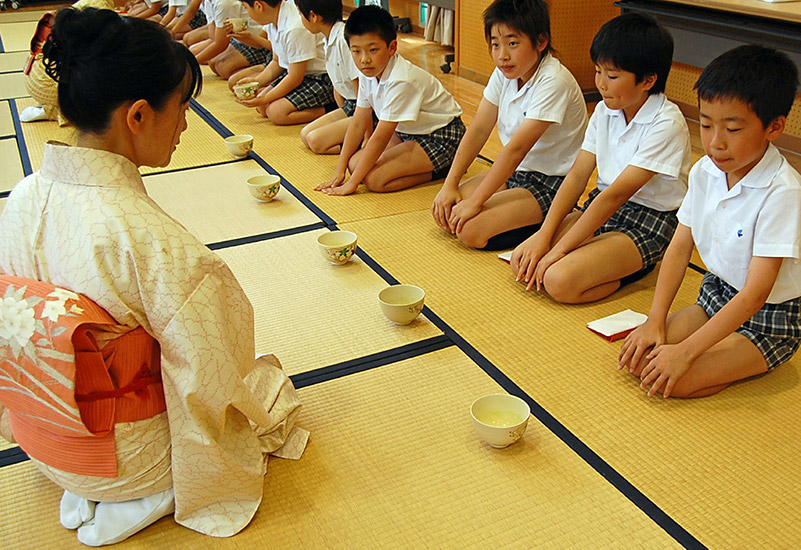Making Tea with Children Helps Teach Values
Posted by Yoshi Kai on 14th May 2019

In Japan, the tea ceremony is more than an artistic pastime for preparation and presentation of matcha. The ideals which it represents serve as tools for teaching children personal and social values.
Although I am Japanese, I was not taught about tea ceremony in school. I did not even see one until I was an adult.
I grew up in an ordinary Japanese three-generation family. We had a radio, a black and white TV and my aunts, uncles, and cousins lived within walking distance.
Back then, children like me learned their values for the most part by watching and interacting with family members and other children.
Times are different now. Contemporary families tend to be smaller, resulting in fewer role models, and many influences beyond parents’ control can impact children.
Ask any Japanese educator what he or she considers essential for teaching to children. Almost without exception, you will hear the followings:
- Manners (reigi-sahō)
- Being gentle (yasashi-sa)
- Being considerate (omoiyari)
- Acting in harmony with others (kyochosei)
The tea ceremony is a beautiful art form, for sure. Many foreigners can attest to that. However, in essence, it represents the values which Japanese consider important: manners, gentleness, consideration, and harmony.

